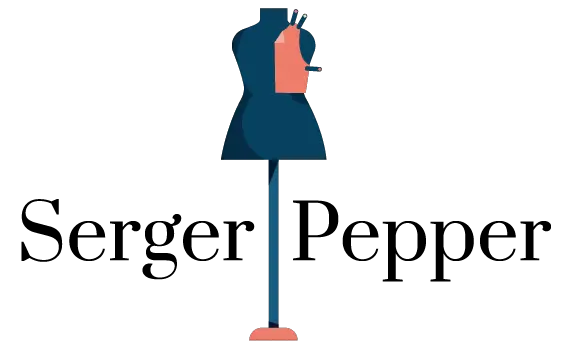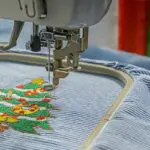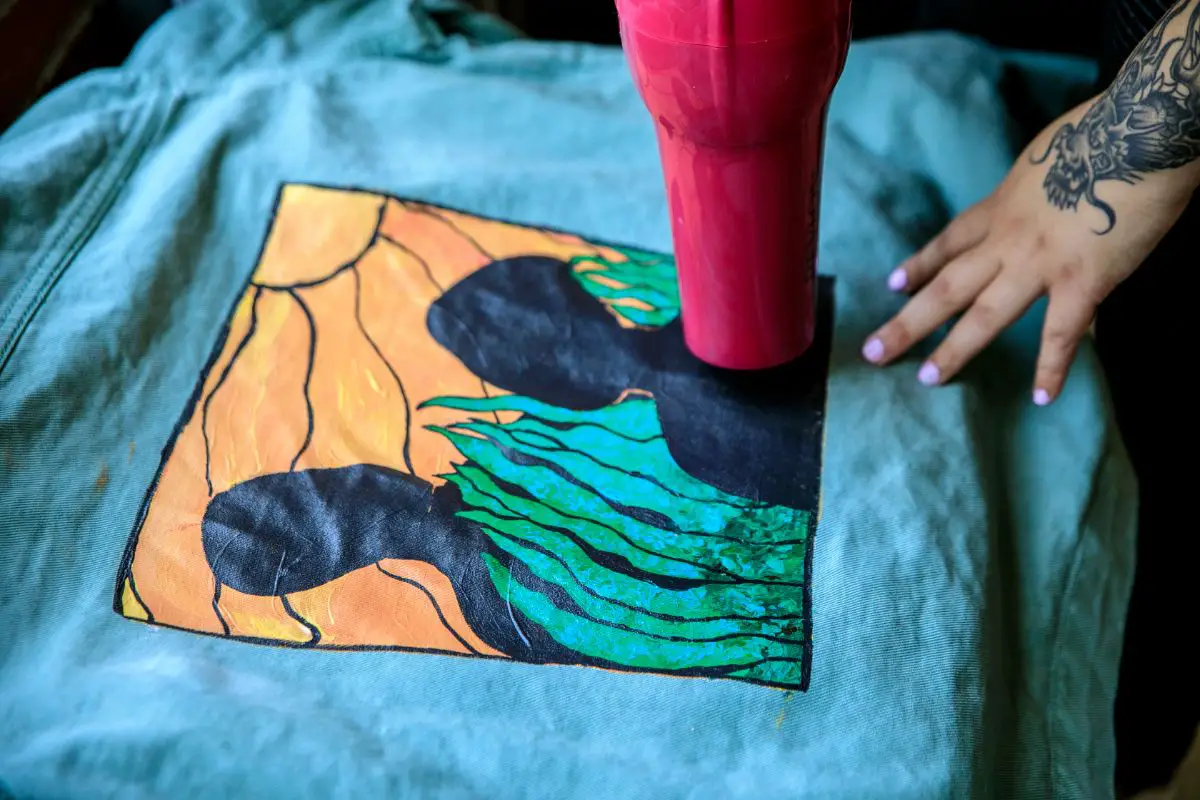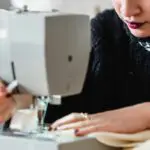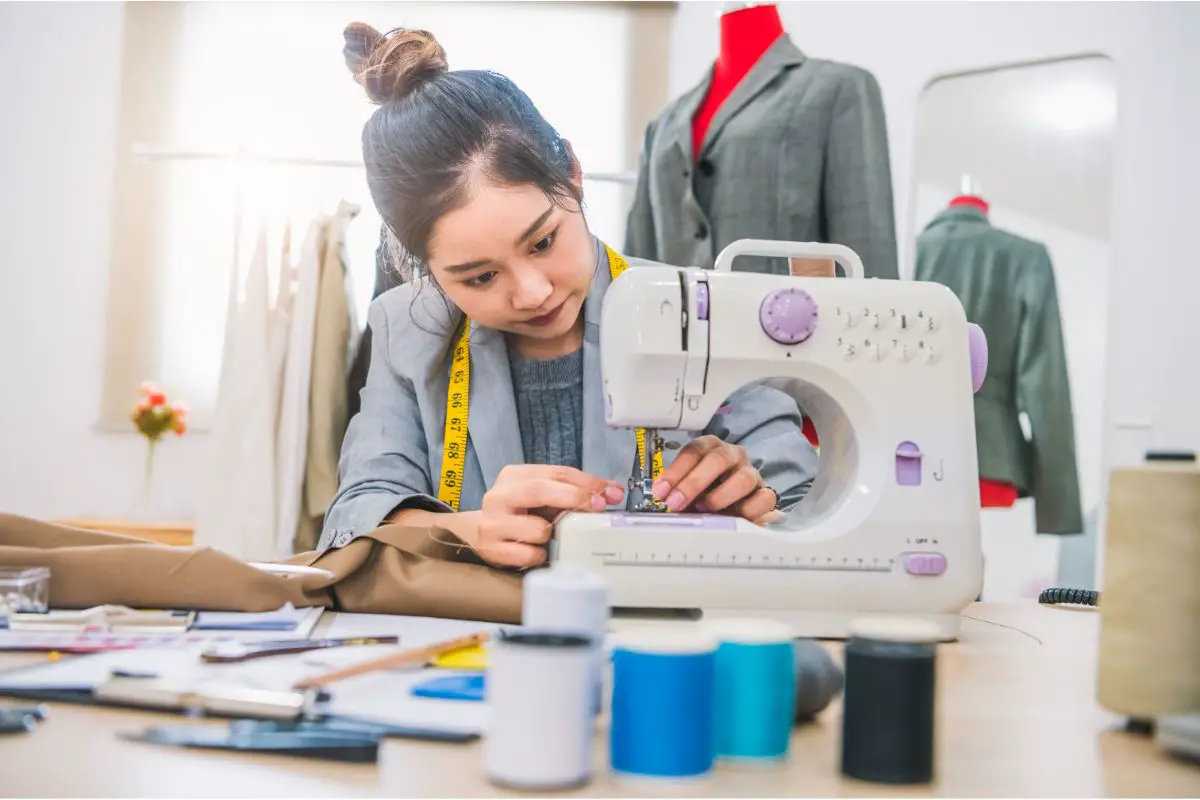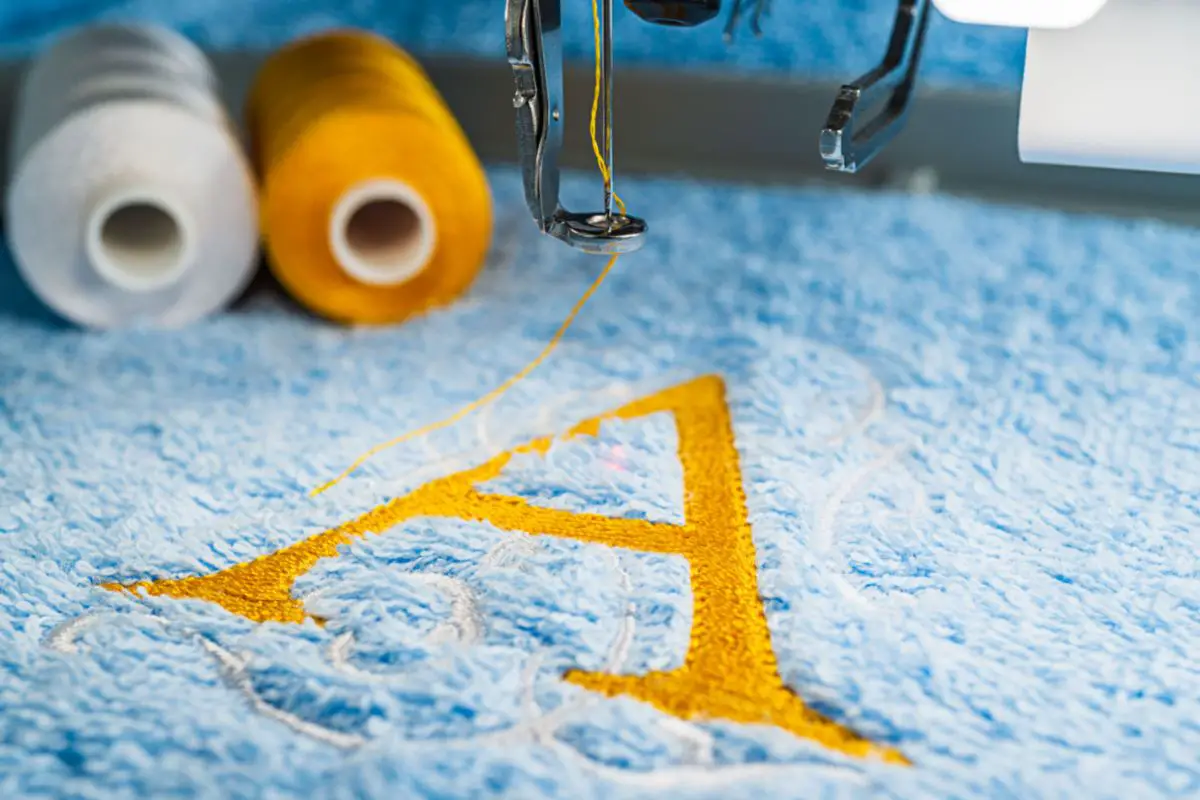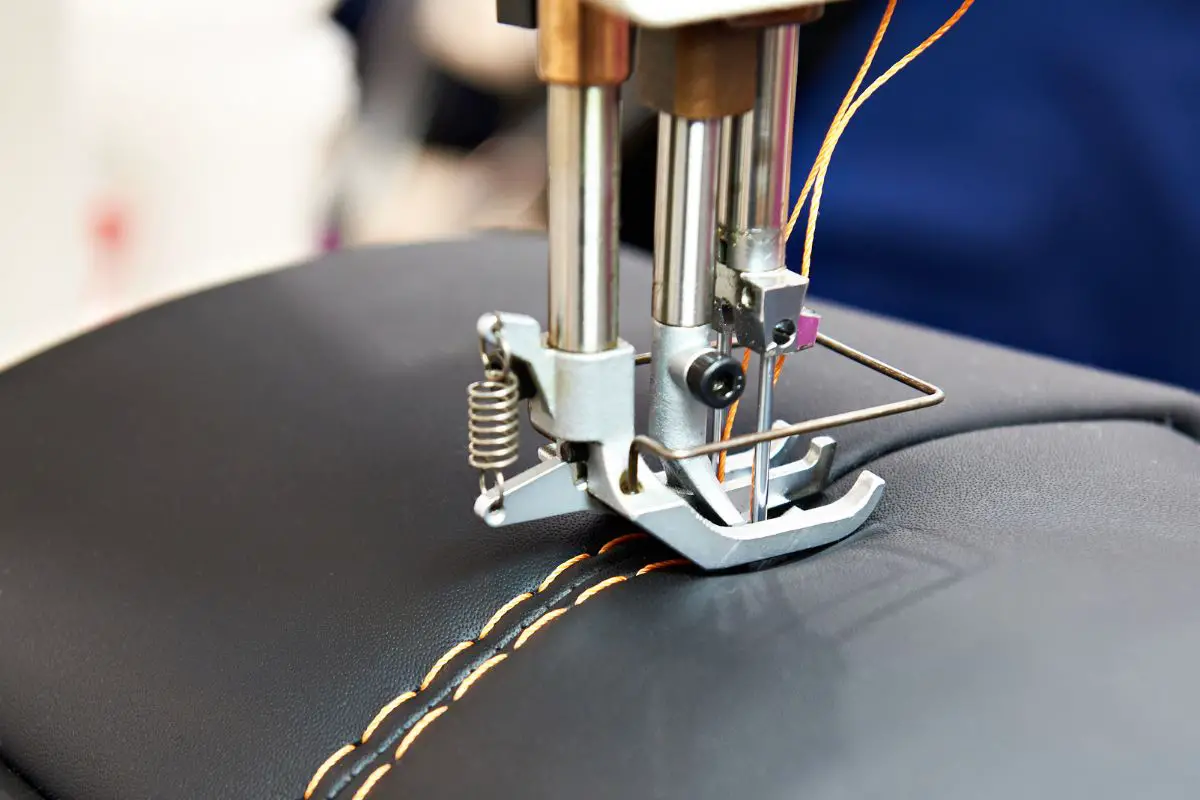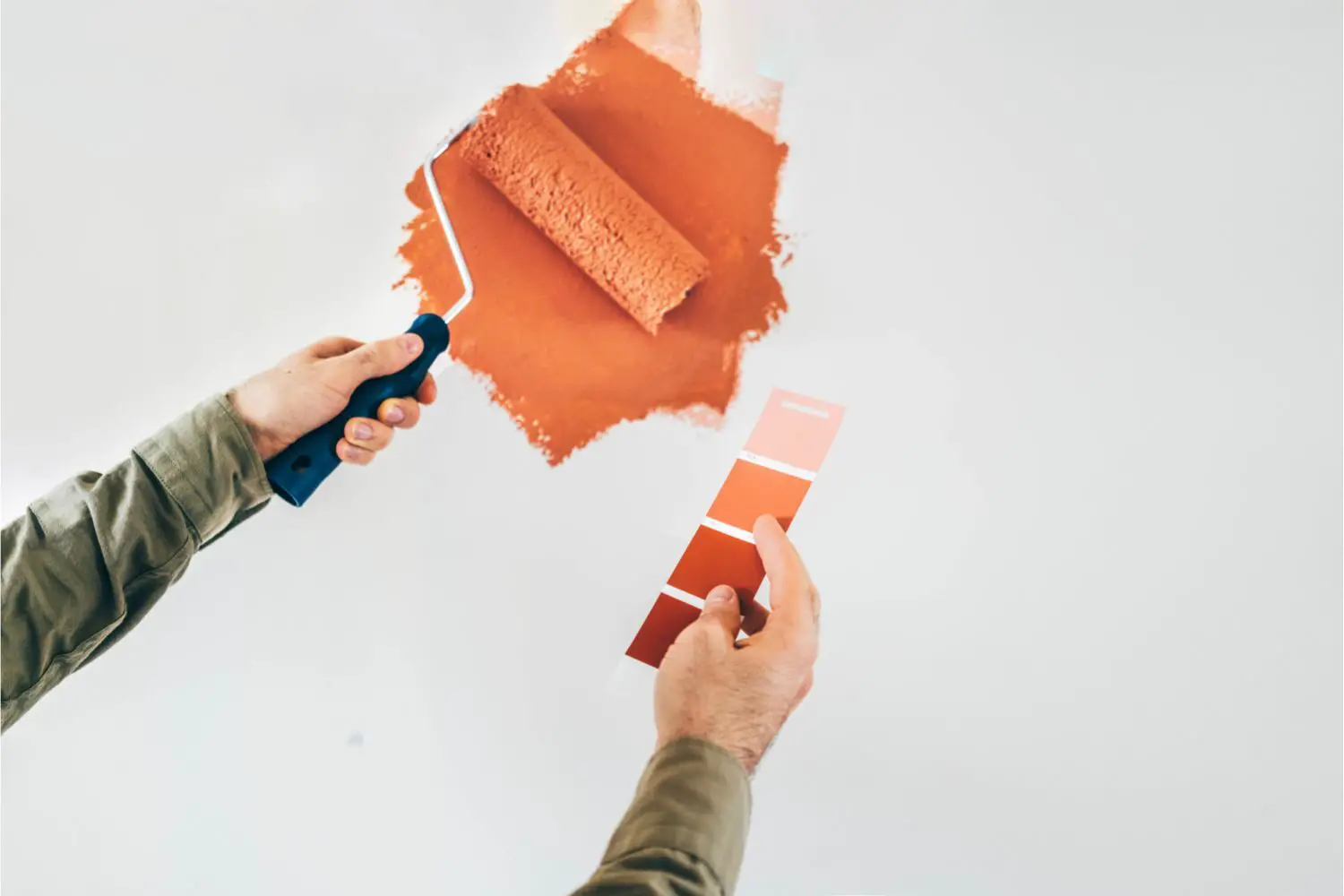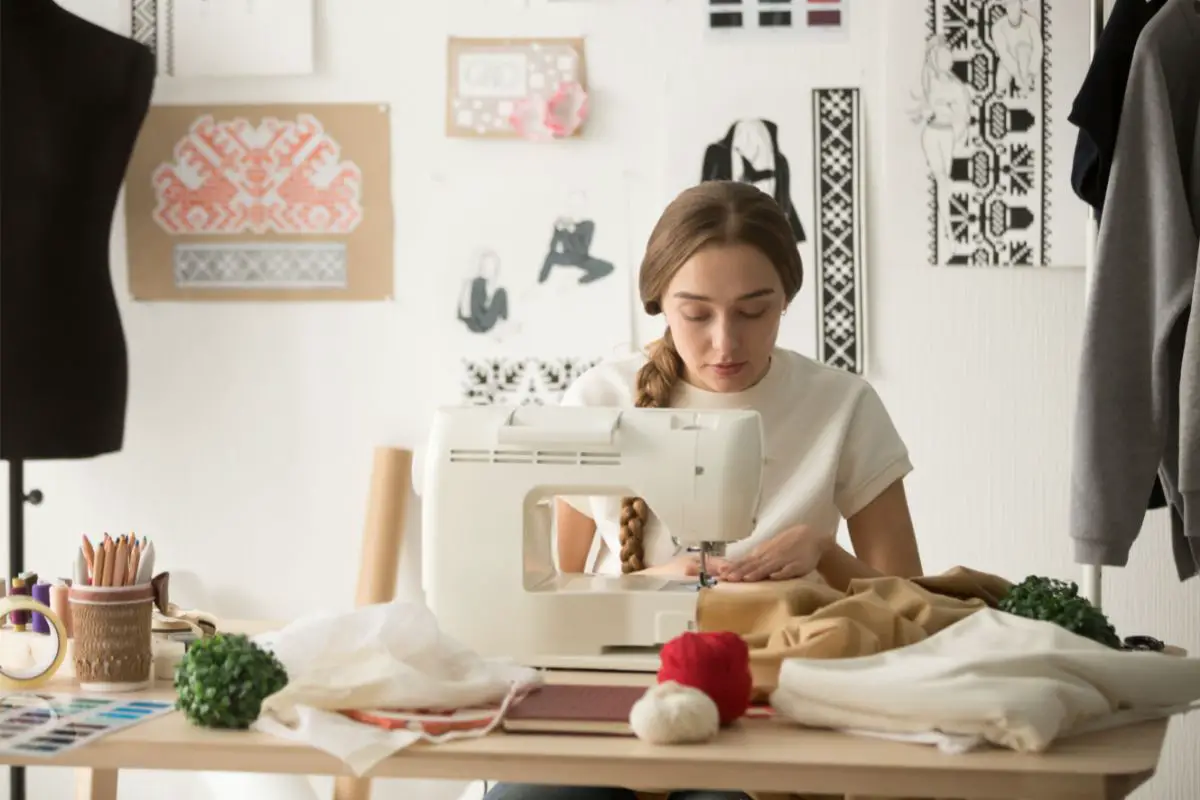One of the key differences between an outstanding garment and one you can barely wear can be the stay stitching. A stay stitch can make sure that your handmade clothing acts as you would expect.
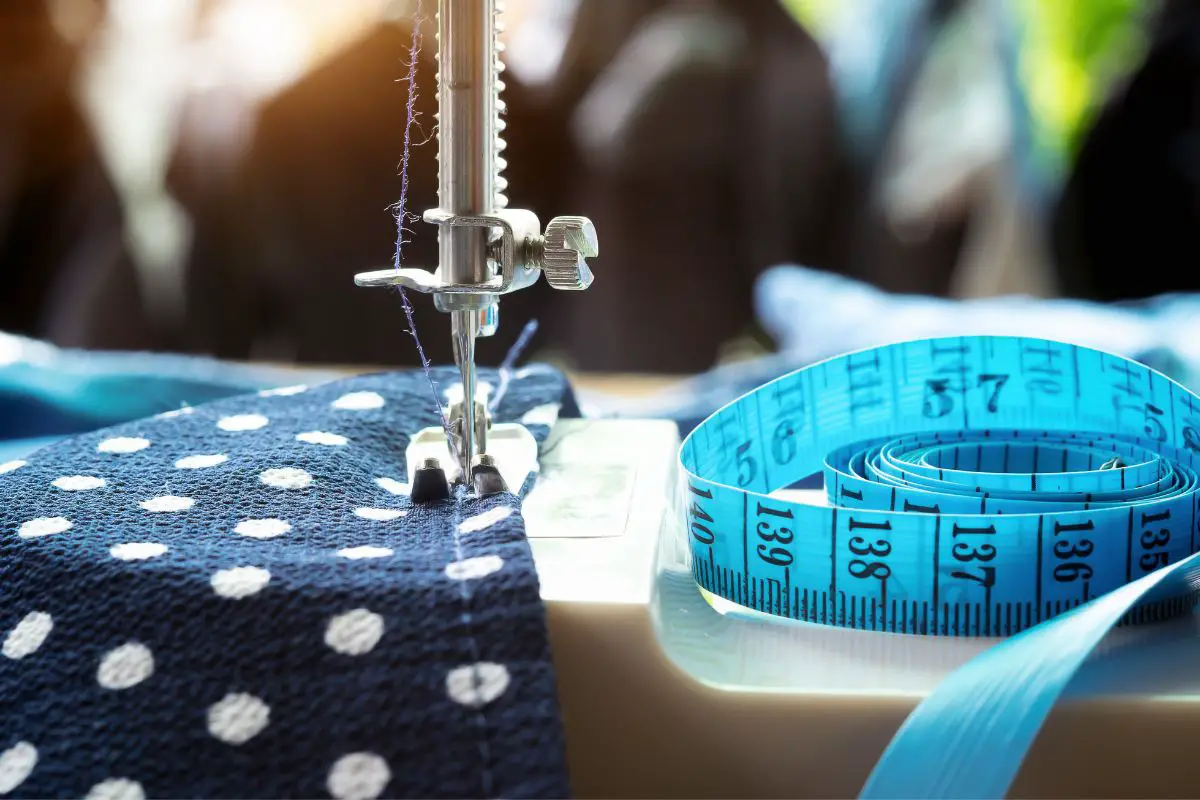
That it drapes properly, feels stable, and fails to become stretched or distorted. With just one line of stitching, you should learn the benefits of a stay stitch.
In this article, we will look at; what is a stay stitch? We will look at where to apply stay stitches and the importance of stay stitches. Also, we will look at which fabric types require stay stitches, how to stay stitch properly, and in specific areas like necklines and armholes.
A stay stitch does pretty much what you would expect it to do from the name. Essentially, it makes sure that your homemade clothing stays in place.
With stay stitching, stitches are lined up and sewn on curved and straight areas, specifically within the seam allowance.
They are principally used at a fabric’s edge if it has a bias cut as that can become more easily distorted compared to other fabric grain cuts.
Where To Apply Stay Stitches?
Expect to find stay stitches at the neckline of a garment as a curved cut that will hold various pieces together. They should also be applied at slashed necklines, stylelines, armholes, and shaped waistlines.
If you are including pockets in your garment then use stay stitches at the openings, whether they are slashed or curved. Should the shoulder seam extend and then cross the bias grain line then apply a stay stitch there too.
The Importance Of Stay Stitches
Stay stitches are a fundamental element of successfully stitching together garments. Without them, you can expect fabric edges to become stretched and distorted. That’s specifically if they are not on the cross or straight grain.
The importance of stay stitches is that they help form a barrier that prevents the raw edge of a seam allowance to become frayed.
Which Fabric Types Require Stay Stitches?
Several fabric types will require stay stitches to keep them in place in vital areas. Basically any fabric that crosses the bias grain should have a stay stitch.
That includes main fashion fabrics but not knit fabrics. That’s largely because they have a different construction with no natural bias.
How To Stay Stitch Properly
Consider the distance from the fabric’s edge and where you expect to start and end your stay stitch. Look at the direction you are going in and keep the end of the fabric in sight. You should also stay stitch pretty much immediately after cutting your fabric.
This should prevent the fabric from stretching out, particularly on a curved edge, and prevent fraying on loose weaves.
Each stay stitch length should be a straight two millimeters. That excludes it from being a zig zag stitch as it can be shortened.
When you look at the start or end of your sewing line, you can shorten the stay stitch if you want to. You could also sew a back stitch at either end of your sewing line.
How To Stay Stitch Necklines
Whether the neckline is V-shaped or curved, you will want to apply a stay stitch. This will be sewn from the shoulder down to the front and back of the center.
With both stay stitches in place, snip the fabric, and repeat the process. Make sure that you have stay stitches from both sides of the shoulder.
You could distort the fabric if you sew from one shoulder across to the other. Particularly, deep V-shaped necklines will require stabilizing with a stay stitch but maybe some stay tape being applied too to stop any gaps.
Ensure that you reinforce the neckline’s corner with some more stay stitching too.
How To Stay Stitch Armholes
As you may expect, armholes are particularly prone to becoming stretched. That’s where stay stitching comes in, especially if you are trying to attach a sleeve. Begin at the front shoulder and then apply the stay stitch to the point of the underarm.
Just like with necklines, repeat the stay stitch at the back all the way to the opposite armhole point.
Final Thoughts
Learning how to apply stay stitches can form a crucial part of your sewing process. That is if you want your finished garment to stay in place and look beautiful.
You can perform stay stitching by hand though each one has to be around two millimeters in length which can be tricky to do. That’s why you should likely use a sewing machine to do your stay stitching.
As well as being functional, stay stitches can also aid a garment’s style. Take a bodice or dress for instance, where the seam line should be stay stitched first.
Work out how loose or tight you want the weave to be but remember that you can expect more problems with looser weaves. With a stay stitch, you can keep it all in place at vital areas if the stylelines are not ongrain alongside the straight grain.
Frequently Asked Questions
What Is The Difference Between Basting And Stay Stitching?
There is a key difference between basting and stay stitching yet they are quite similar. A basting stitch uses a comparably longer length of stitching. This stitch is designed to connect two lengths of fabric together.
Once the final seams are sewn in, the thread will then be removed. With stay stitching, the stitches stay in place afterward and it is performed on individual pieces rather than on lengths of fabric.
How Long Are Stay Stitches Typically?
Stay stitches should be relatively subtle so use a smaller stitch length. That should be around two millimeters in length. Though that may seem short, it is simply to help prevent the fabric from stretching out.
- How To Sew Fabrics Together - June 5, 2023
- How Many Stitches Per Inch? - June 5, 2023
- How Long Does It Take To Sew A Dress? - June 5, 2023
